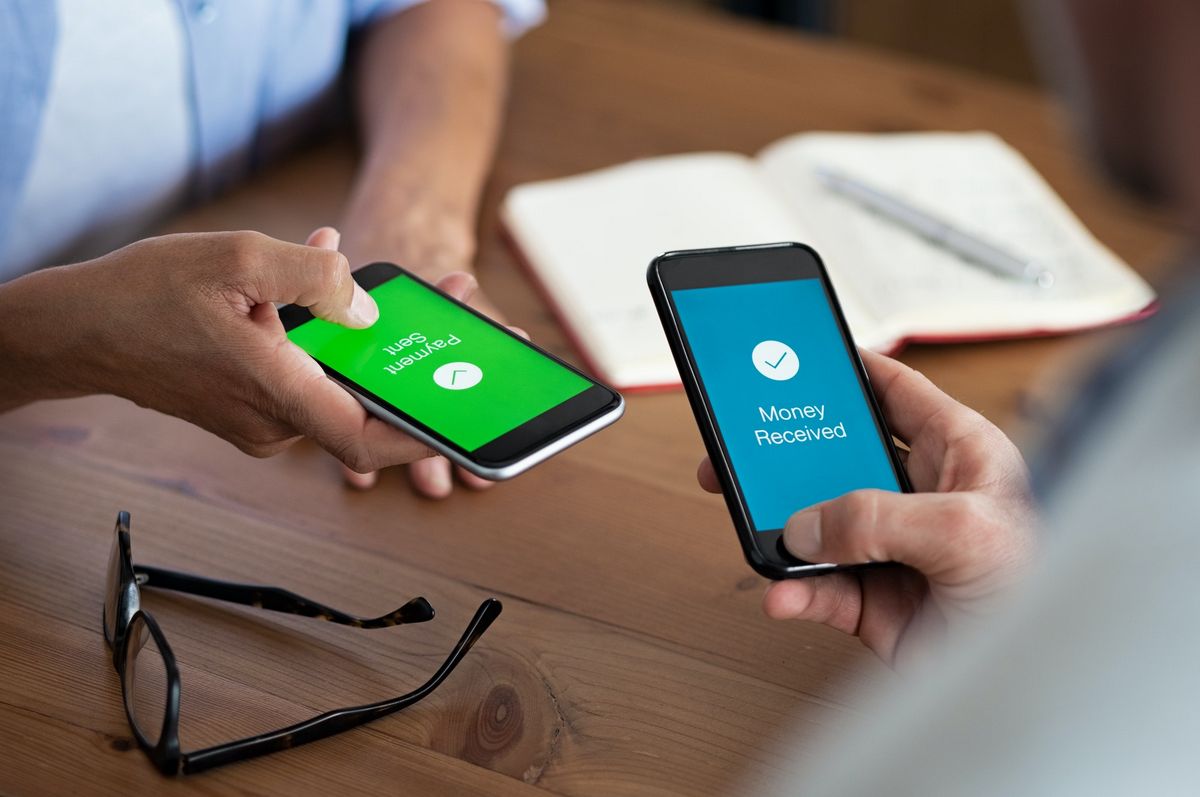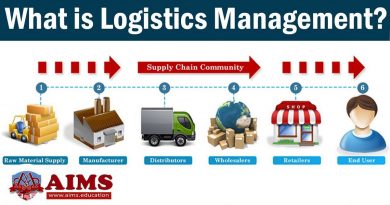Mobile Payment Payments Made From a Smartphone or Tablet

Mobile Payment: Payments from a Smartphone or Tablet
Mitchell Grant, a self-taught investor with over 5 years of experience as a financial trader, is a financial content strategist and creative content editor.
What Is a Mobile Payment?
A mobile payment is a money payment for a product or service through a portable electronic device like a tablet or cell phone. Mobile payment technology can also send money to friends or family members using applications like PayPal and Venmo.
Key Takeaways
– Initially popular in Asia and Europe, mobile payments spread to North America and experienced significant growth.
– Merchants unwilling to retool existing terminals slow the growth of mobile pay compared to physical credit cards.
– Mobile payments offer additional privacy and security benefits compared to physical cards.
– Mobile payment apps exist for both Apple and Android (Apple Pay and Google Pay).
Understanding Mobile Payments
Many banks recently adopted technology in their banking apps, allowing customers to send money instantly to friends and family members from their bank accounts. Mobile payments are also made on-site at stores by scanning a barcode on a phone app, accepting payments from convenience stores to large retailers.
The cost of purchase may be deducted from a pre-loaded account or paid by credit or debit card. Payment information is encrypted during transmission, making it a safer payment method than a debit or credit card.
Mobile payments work like credit cards without reaching for a wallet or purse.
Mobile payments were initially popular in Asia and Europe before becoming common in the United States and Canada. Early on, mobile payments were sent by text message. Later, technology allowed for pictures of checks to be taken via a cell phone camera and sent to the recipient. This technology eventually became mobile check deposit capabilities for banking apps.
Since 2014, apps like PayPal and Apple Pay were developed, allowing payment by passing a smartphone screen displaying a special barcode under a store’s scanner or tapping a phone against a contactless credit card terminal, paying instantly.
Benefits of Mobile Payments
The most obvious benefit of mobile payments is the elimination of a physical wallet. Not reaching for cash saves time and is safer since nobody can see the contents of a wallet or purse.
Touch ID in the form of a fingerprint scan or PIN input makes mobile payments more secure than a physical credit card. Since individual security codes are generated by the mobile service for each transaction, this payment method is significantly safer than using a physical card. Merchants usually do not check identification, so accepting mobile payments is a smart move for them, as they deal with less fraudulent activity.
An additional benefit is that when with other people, they cannot tell what card a user has. Mobile payments offer an additional level of personal privacy for users with low credit scores or credit cards with low limits and high APRs, who may not want others to know these details.



